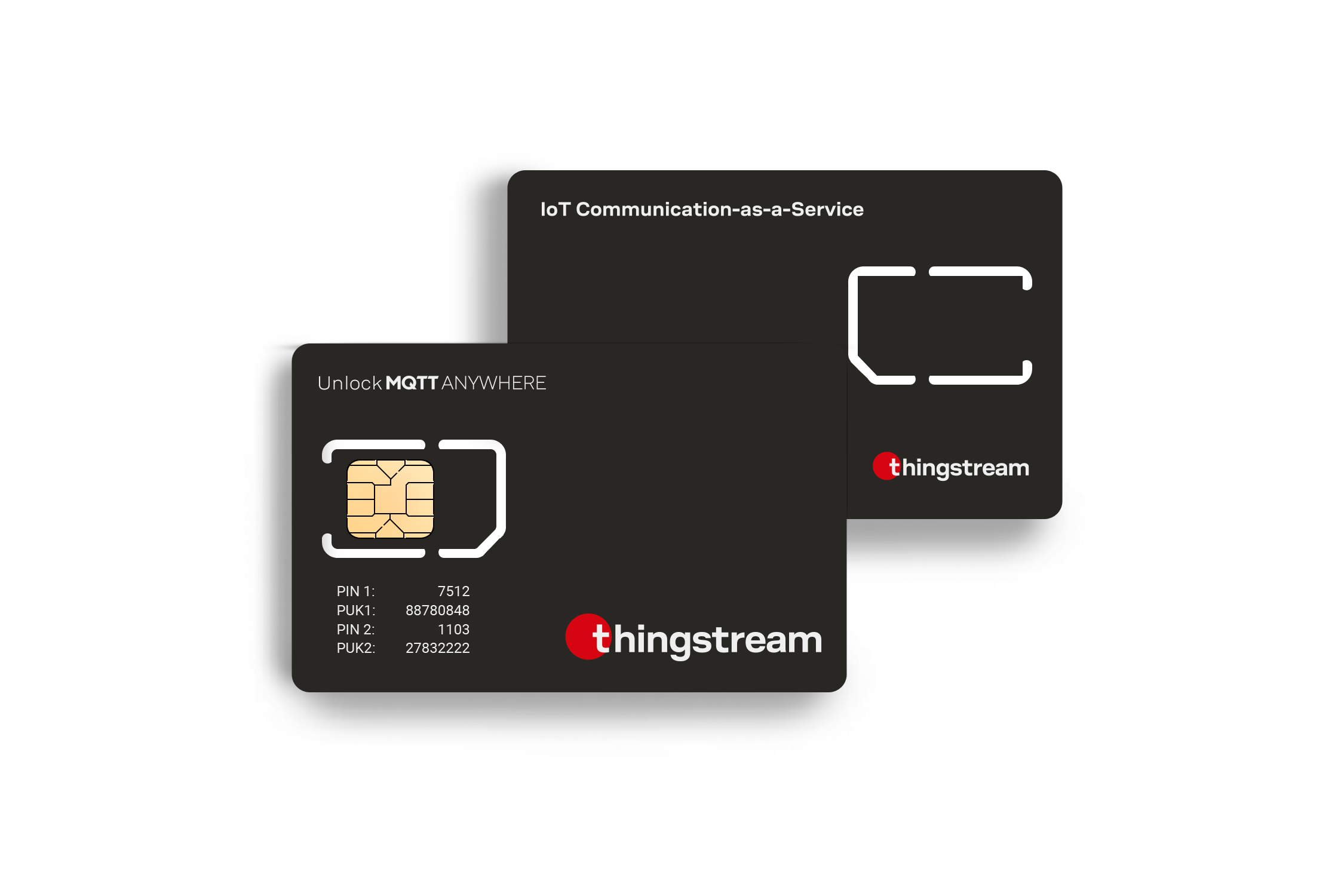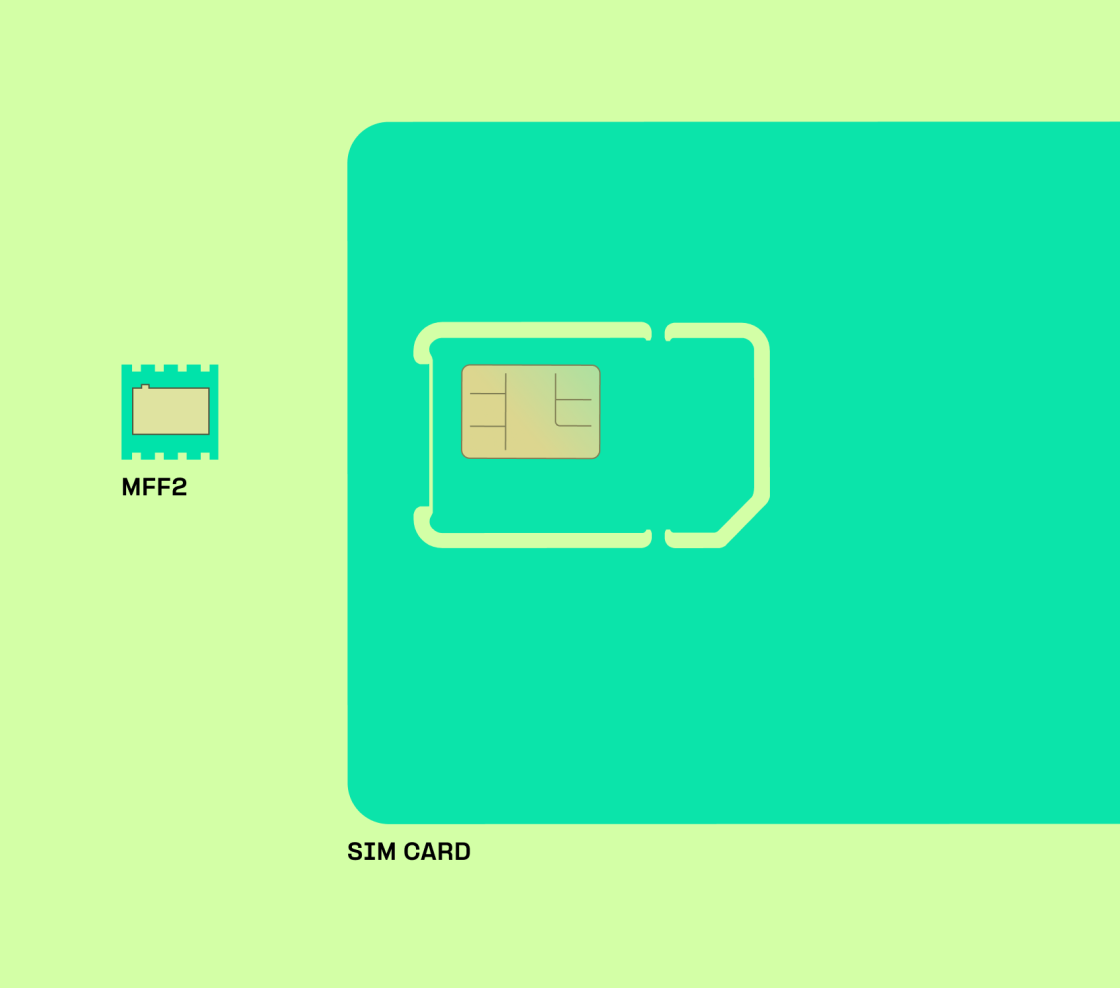Industrial IoT Connectivity Providers of Cellular IoT Connectivity
IoT Connectivity Management Enhancing IoT Connectivity and Security

The rapid evolution of the Internet of Things (IoT) has led to an elevated concentrate on connectivity solutions for gadgets, allowing them to communicate and relay data effectively. As businesses and industries incorporate IoT options to improve efficiency and increase processes, understanding the variations between cellular and non-cellular IoT connectivity becomes important.
Cellular connectivity makes use of existing cellular networks to attach gadgets, allowing for knowledge transmission over extensive geographical areas. This technology is well-established, supported by many years of infrastructure improvement, and has the benefit of offering users strong protection and dependable communication. Devices equipped with cellular technology can tap into the 2G, 3G, 4G, and the rising 5G networks, offering high-speed data transfer capabilities.
Non-cellular IoT connectivity offers various communication strategies that don't rely on mobile networks. These options can embrace Wi-Fi, Bluetooth, Zigbee, LoRaWAN, and different specialised protocols designed for particular use cases. This category typically targets short-range purposes, similar to residence automation or localized sensor networks, the place broad cell protection is probably not necessary.
IoT Connectivity Issues Power of Connectivity in IoT
The selection between cellular and non-cellular connectivity primarily hinges on the particular necessities of the appliance. For example, cellular networks are often preferred for assets that are mobile, roaming between different geographic areas, or require real-time information communication. This makes cellular connectivity perfect for functions similar to vehicle tracking and smart transportation systems, where gadgets incessantly transition between totally different network zones.
In contrast, non-cellular connectivity tends to be favored in environments the place gadgets exist stationary and communication doesn't require in depth protection. For instance, within a sensible building, a number of IoT sensors can communicate over Wi-Fi or Zigbee, effectively sending information on energy utilization, occupancy, or environmental circumstances without needing the expansive reach of cellular networks.
Connectivity Management IoT Types of IoT Connectivity Options
Another pivotal consideration is cost. Cellular connectivity can entail larger costs for information plans, particularly for high-data-use applications. Depending on the amount of knowledge transmitted, organizations should contemplate the long-term costs coherently. Conversely, non-cellular options typically contain lower working expenses since many gadgets can communicate over non-public networks without incurring month-to-month fees.
In phrases of power consumption, non-cellular technologies incessantly stand out. Many low-power protocols, similar to LoRaWAN, have been particularly designed to attenuate energy utilization, extending the battery life of linked devices considerably. This is vital for purposes corresponding to environmental monitoring or agricultural sensors, where maintenance should be infrequent.
Connectivity Technologies In IoT Six Major IoT Connectivity Technologies
Security is another important factor influencing the choice of connectivity sort. Cellular networks profit from established security protocols and encryption methods, which can scale back vulnerability to assaults. Non-cellular options, while offering flexibility and lower costs, can current extra varied security challenges, requiring careful implementation of encryption and safety measures to protect consumer information and gadget integrity.
Latency is a critical facet impacting efficiency in IoT applications. Cellular networks, particularly with the advancements seen in 5G, provide low-latency communication best for real-time applications. This is paramount for sectors similar to telemedicine or autonomous vehicles, where delays in data transmission may end up in severe consequences. Non-cellular technologies can introduce greater latency, making them less suitable for tasks demanding real-time interaction.

The scalability of IoT methods additionally displays the variations between the two types of connectivity. Cellular networks already accommodate tens of millions of devices, because they are built with a broad user base in thoughts. This makes them an attractive possibility for large-scale deployments requiring widespread coverage. Non-cellular options, significantly these working on native networks, can face hurdles regarding scalability, especially when numerous devices should be coordinated.
Environmental conditions and physical limitations can heavily affect the effectiveness of connectivity choices. Cellular indicators can penetrate buildings and transmit over longer distances, making them versatile in varied settings. Conversely, non-cellular technologies, whereas doubtlessly limited in vary, why not find out more can utilize mesh networking capabilities, permitting units to relay info through each other, extending the efficient communication area - Long Range IoT Connectivity.
IoT Connectivity Managementplatform Survey on IoT Connectivity Technologies and Applications
In sensible terms, many fashionable IoT methods adopt a hybrid method, using both cellular and non-cellular connectivity depending on specific requirements. Such a technique allows users to benefit from the strengths of each techniques while mitigating their weaknesses. For example, a wise city could deploy cellular sensors for visitors administration while utilizing Wi-Fi for local environmental monitoring stations.
The way ahead for IoT connectivity rests in improved technologies that can continue to bridge the hole between cellular and non-cellular options. Advancements in edge computing might enable devices to course of knowledge regionally, lowering the need for fixed connectivity. Increased collaboration between different sorts of networks, corresponding to integrating cellular backhaul with local space networking, can result in innovative solutions for various industries.

Ultimately, deciding between cellular and non-cellular IoT connectivity necessitates a comprehensive evaluation of the precise use case. Factors like protection, cost, energy consumption, latency, and security must all be weighed to pick an applicable connectivity resolution.
The evolution of IoT signifies an thrilling future, where the combination of cellular and non-cellular technologies can create a extra connected world. As industries continue to innovate while integrating IoT methods, the flexibility and adaptability supplied by a combination of those connectivity options will pave the method in which for more efficient and responsive solutions.
Cellular Connectivity Providers For IoT Tips for Choosing IoT Connectivity Solutions
Through understanding the distinctions between cellular and non-cellular IoT connectivity, stakeholders can strategically deploy options that meet their specific wants, markedly enhancing the efficacy of IoT purposes in real-world contexts.
- Cellular IoT connectivity makes use of established cell networks for seamless data transmission, offering widespread protection and reliability.
- Non-cellular IoT, similar to LoRaWAN or Sigfox, usually operates on low-power radio frequencies, making it ideal for rural or hard-to-reach areas the place cellular companies may be restricted.
- Cellular networks support excessive bandwidth purposes, enabling real-time data transfer, which is essential for sectors like telemedicine or autonomous vehicles.
- Non-cellular solutions typically devour less energy, permitting gadgets to have longer battery life, which is advantageous in environments the place frequent maintenance is impractical.
- Cellular IoT devices might require a subscription-based information plan, resulting in higher ongoing costs compared to non-cellular systems that may be cheaper to operate.
- Non-cellular IoT technologies often present higher scalability for large-scale deployments, as they will connect thousands of units with out overwhelming a single network node.
- Cellular connections have a tendency to offer more strong safety protocols, critical in industries requiring stringent data protection measures, such as finance or healthcare.
- The latency in non-cellular networks may be greater, making them much less appropriate for purposes where timely information processing is essential, corresponding to industrial automation.
- Geographic availability can restrict non-cellular IoT deployment in urban areas, whereas cellular infrastructure is typically extra developed and accessible.
- Non-cellular choices might introduce complexities in gadget integration and administration, while cellular technologies benefit from a extra homogenized ecosystem supported by major telecom providers.undefinedWhat is the principle distinction between cellular and non-cellular IoT connectivity?
Cellular IoT connectivity makes use of cellular networks (like 4G and 5G) for communication, while non-cellular choices rely on alternative strategies similar to Wi-Fi, LoRaWAN, or satellite. The alternative affects coverage, energy consumption, and data transmission capabilities.
IoT Connectivity Technologies Platforms for IoT Connectivity Management
How does protection differ between cellular and non-cellular IoT options?
Cellular IoT has extensive protection, particularly in city areas, benefiting from established mobile networks. Non-cellular choices could have restricted range relying on the know-how; for instance, Wi-Fi coverage is confined to the range of a router, whereas satellite tv for pc can offer international reach.
What are the costs associated with cellular versus non-cellular IoT connectivity?
IoT Connectivity Pricing Cellular IoT Revenue Growth in 2023
Cellular IoT sometimes incurs monthly knowledge charges tied to a cell plan. Non-cellular solutions might have decrease ongoing prices however could require more vital upfront investments in hardware or infrastructure, affecting the general budget relying on the application.
Which choice presents higher power efficiency for IoT devices?
Non-cellular IoT connections, similar to LoRaWAN, are generally more power-efficient, permitting gadgets to function for extended periods on battery (Managed IoT Connectivity Services). Cellular websites IoT could consume more power, significantly throughout high data transmissions, however newer technologies like NB-IoT goal to improve effectivity.
What kinds of purposes are best suited to every connectivity type?
Long Range IoT Connectivity Growth of Usable IoT Satellites
Cellular IoT is right for purposes requiring mobility or extensive geographic protection, like fleet tracking. Non-cellular options excel in situations the place low data transmission and low energy consumption are priorities, such as smart agriculture or distant sensors.
How secure are cellular and non-cellular IoT connections?
Cellular networks usually have built-in security measures, together with encryption and authentication, benefiting from regulatory oversight. Non-cellular connections can vary in security primarily based on the precise expertise used, necessitating careful consideration for important purposes.
Wireless IoT Connectivity Benefits and Use Cases of IoT Connectivity Technologies
What are the latency differences between cellular and non-cellular IoT connectivity?
Cellular IoT sometimes offers lower latency, making it appropriate for real-time applications. Non-cellular options would possibly expertise higher latency, particularly in networks that depend on longer-distance transmissions or much less optimized protocols.
Can I swap from cellular to non-cellular connections in an present IoT application?
IoT Cloud Connectivity Guide to Cellular IoT Options
Switching is feasible however requires cautious evaluation of the application's needs. Strategies have to be developed to deal with variations in protection, energy, information charges, and overall architecture to ensure the IoT solution remains effective - IoT Connectivity Market.
What components ought to I think about when choosing between cellular and non-cellular IoT connectivity?

Consider coverage area, information requirements, energy constraints, system mobility, safety needs, and price range. Each software's distinctive requirements will help decide essentially the most suitable connectivity answer for optimum efficiency.